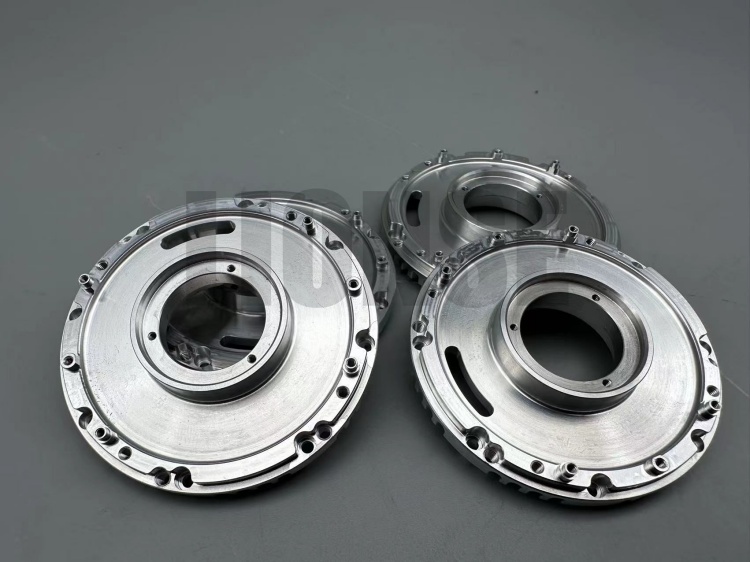

Alloy materials are formed by melting and mixing two or more metallic elements, or a combination of metallic and non-metallic elements, or by other means. The resulting material still retains the properties of the metal. These characteristics are mainly reflected in the following aspects:
Both strength and hardness are very high: Through methods such as solid solution strengthening and dispersion strengthening, the alloy can significantly enhance the strength and hardness of the material. For instance, steel, which is an iron-carbon alloy, has a much higher strength than pure iron. There are also aluminium alloys, such as the 2024-T6 model, whose strength can be comparable to that of some steels.
It also has good toughness: Some alloys, such as titanium alloys, maintain high strength while also having particularly good toughness, which can absorb impact forces and are less likely to break.
- More wear-resistant: The hard phases in the alloy, such as carbides, can enhance the material's wear resistance, allowing it to last longer. For instance, high-speed steel, which contains elements such as tungsten and molybdenum, is often used to make cutting tools.
Shape memory alloy: Nickel-titanium alloy, also known as Nitinol, can return to the previously set shape when the temperature changes. It is applied in medical devices such as stents and smart structures.
Superconducting alloys: Niobium-titanium alloys can achieve superconductivity in low-temperature environments. They are used in nuclear magnetic resonance imaging (MRI) and particle accelerators.
- Good biocompatibility: Titanium alloys, such as Ti-6Al-4V, can get along well with human tissues, so they are widely used in artificial joints and dental implants.
- Reduced density: The density of aluminum alloy is only one-third that of steel, and magnesium alloy is even lighter. This can significantly reduce the weight of cars and aircraft, making them more fuel-efficient.
- High specific strength: Carbon fiber reinforced composites, although not a traditional alloy, combine the advantages of alloys and composites, achieving the ultimate in lightweighting in the aerospace field.
- Strong resistance to environmental corrosion: Stainless steel contains elements such as chromium and nickel, which can form a dense oxide film like Cr₂O₃, preventing further corrosion. It is widely used in harsh environments such as Marine and chemical industries.
- High-temperature oxidation resistance: Nickel-based superalloys, such as Inconel 718, form a stable oxide layer at high temperatures, which can protect the inner substrate from oxidation. They are particularly widely used in aero engines.
